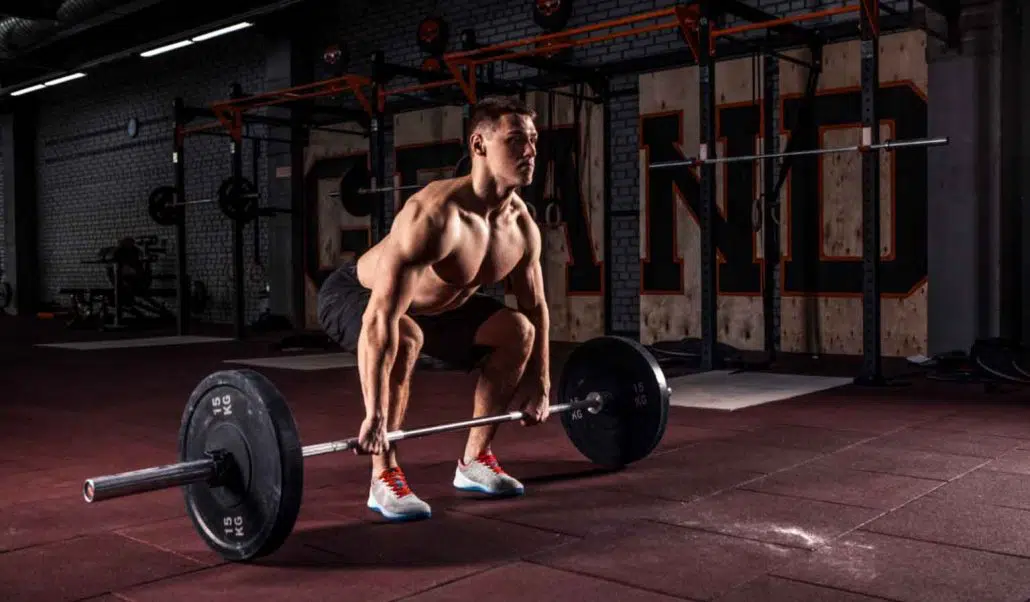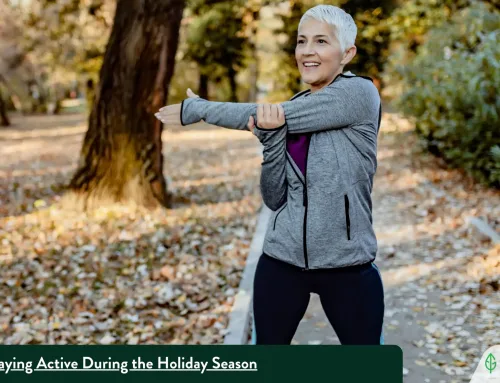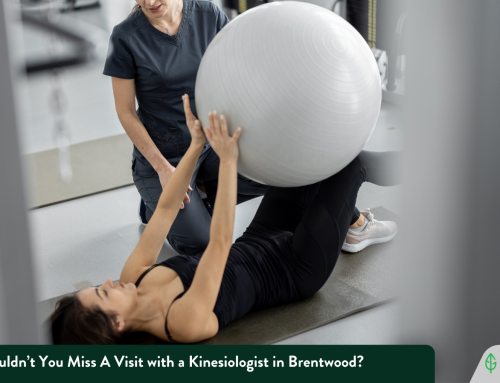You’re probably wondering if the Latissimus Dorsi Muscles or Lats work during the deadlift. Well, they do. The Latissimus Dorsi Muscles do have a role during a deadlift. Along with other muscles that work together for you to accomplish this workout. But despite their importance in a deadlift, their role is often misunderstood. Even, sometimes, being overlooked.
The sooner you understand its function, the easier you’ll be able to maximize its use. Therefore, ending you up with a better lift.
Latissimus Dorsi
Before anything else, let’s first understand what this muscle is. The muscle called Latissimus dorsi or also known as lats is a broad, flat muscle on the back. It extends to the sides, behind the shoulder. This is partially covered near the midline by the trapezius on the back. This muscle is the largest one in the upper body, responsible for a lot of actions such as extension and adduction. Specifically, it adducts, stretches, and rotates the shoulder internally. The latissimus dorsi pushes the trunk upward and forward while the arms are in a fixed overhead position.

The Role of The Latissimus Dorsi in Deadlift
The lats are not actually capable of producing a (significant) spinal extension moment, and they definitely could not help to keep an extended upper back because of the absence of attachments on your higher thoracic vertebrae. Instead, the lats are simply helping to keep the spine extended, to reposition the scapulae when it’s time to lift. The presence of the lats actually serves to minimize the lift’s requisite hip and spinal extension requirements.
Shoulder extension is possible by engaging the lats more. This action can make the shoulders shift slightly forward relative to the bar. By engaging the lats can also help in making the hips move a little bit forward by eliminating the moment of arm extension of the hip. The goal is simply to depress the scapulae. This means that it does not stretch the shoulder, but it aims in putting the joint of the shoulder itself further down your torso making it closer to the hips.
When the joints are getting closer to the gravity center, shoulder flexion results in lat involvement, and a greater and larger relative difference is created by scapular depression.
That event shows that when lats are involved and when scapulae are depressed in deadlifting, we can observe the upper back muscles to be tight. The easiest explanation is that through these techniques, there is a minimal repositioning in the bar and in your body, simply makes lifting with your upper back a lot easier.
“Put your shoulder blades in your back pocket” and “pull the bar into your shins” are among the helpful signals in engaging your lats and depressing your scapulae.
What You can do to Engage Your Lats
The deadlift should also be slightly more productive due to this minor change in technique, with a little less front-to-back variation in the bar direction.

When deadlifting, the center of gravity needs to remain over your midfoot. More of your body weight would necessarily be behind the bar if the bar is hanging directly the shoulders. Making it to have the need to start a little further in front of your mid-foot. In addition, your body’s center of mass will be a little behind the mid-foot.
As you lift, there will be hip expansion. Then, the center of your body mass will be moving forward. The bar may need to move back toward your body.
You reposition the mass of your body forward slightly with lats participation. Create scapulae depression and create a little bit of shoulder extension. Allowing the bar to shift back a bit at the beginning of the pull, placing the mass center of your body and the bar.
The center of mass of your body will not need to travel forward quite as much as you expand your hips. So, the bar will not need to drift back quite as much, contributing to a more linear bar direction.
Based on one study, beginning with slight shoulder extension and making the bar slightly much closer to the ankle provided 43-44 percent less front-to-back movement of the barbell compared to starting the pull slightly farther forward, directly below the shoulder joint, with the bar.
Conclusion
In general, we can observe that the main function of the lats together with the scapulae is not only to make a tighter or extended upper back. But, it’s the main function is to simply help us to lift the bar a lot easier. In addition, it makes lifting an easy job for hip, lumbar, and thoracic extensors.
There are some individuals where you can observe that engaging their lats is an easy thing – fairly natural. You can also see this on experienced lifters where you can usually see the bar is behind their shoulder. And sometimes, there are individuals who even don’t notice that they are already using their lats. Just a reminder, make sure that you don’t overdo this move. Let your Latissimus Dorsi muscle strength determine where the bar will be moving.
In deadlifting when you want to maximize the purpose of the lats, then it’s essential that you must do exercises engaging your lats. By practicing your lats and engaging it more can make a huge difference in making the lift much easier. With some strengthening exercises also, you can able to strengthen it and be able to help in a monstrous lift or when lifting much heavier weights,
Need some Help in Your Personal Training
At Evergreen Rehab and Wellness, we have skilled and licensed practitioners that can help in your personal training. Whether your goal is to maximize your sports performance, increase muscle mass, decrease body fat, compete in an upcoming event, or just keep up with your daily physical needs, we will help you to achieve strength and function for the life you want to live.
By the way, support us on the following channels:
- Subscribe to our YouTube Channel
- Follow us on Instagram to get updated with various types of treatments we offered. Get health and wellness tips for free. Sometimes, we give exciting giveaways, so always stay tuned.
- You may also like our Coquitlam and Surrey Facebook Page.
Also, read the reviews of our Coquitlam Clinic or our Surrey Clinic.
Evergreen is Everywhere for Everyone – Let’s Help You Achieve Your Health and Wellness Goals
At Evergreen Rehab & Wellness – Coquitlam, we have registered Kinesiologists to guide your with your personal training.
We don’t only have Kinesiologists in Coquitlam, we also have Kinesiologists in Surrey that are always ready to provide patients in these areas with custom and high-quality care.
Moreover, we also have Kinesiologists in Langley that can help you.
Sign-Up Today!
Get the daily those of health and wellness tips and the latest offers across our clinics.





